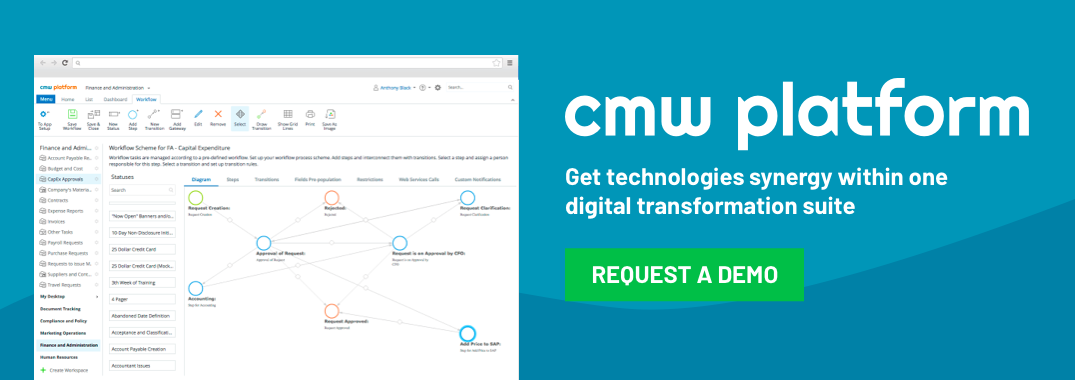Distributed Teams: Making the Case for Online Collaboration Tools
April 15, 2025
Whether they’re across the globe, country, locality, or floors in the same building, more and more companies are relying on the efforts of distributed teams. This is one of several reasons why online project collaboration tools are being widely used today. Online project collaboration tools are more manageable, highly deployable, support cross-platform compatibility and mobility, among others, for a fraction of the amount most businesses spend to keep and maintain an on-premise server.

Challenges of working with distributed teams
Technological breakthroughs like videoconferencing, instant messaging and email have enabled telecommuting, and teams no longer need to be physically converged in the same location to properly work together. While this is a major plus for both big and small businesses, particularly on the cost side, managing and enabling geographically dispersed teams present a gamut of challenges compared to working with co-located teams.
- Communication
For dispersed teams to effectively engender project collaboration, they must agree on a communication medium. If teams are scattered across the globe, aside from distance, time zone difference is also a consideration. The mode of communication, synchronous or asynchronous, largely depends on whether or not a response to a query is urgently needed, the team’s level of knowledge, and the amount of trust individual team members place upon each other.
Teams can also agree on an overlapping schedule to identify bottlenecks, share best practices, and keep everyone apprised of the project’s overall progress.
- Knowledge sharing and management
Knowledge sharing is a challenge faced not just by distributed teams. It is prevalent among co-located teams as well, particularly when individual contributors see knowledge sharing as a threat to job security or their core competencies. To battle knowledge hoarding, aside from mentoring sessions and rewards/recognition initiatives, a knowledge base or reporting system (where all participants are required to log and document project-related issues, updates, resolutions and accomplishments) ensures that process knowledge is shared with the entire team. This will, overtime, prove to be a treasure trove of information for speedier resolution of issues, customer-related or otherwise.
- Cultural differences
Members of a team come from diverse backgrounds, and a valuable commodity for one may not be for another. Team success is anchored on a team’s ability to hurdle cultural differences and make diversity work in their favor. This is especially important for teams spanning several different cultural backgrounds, one example being punctuality as an important trait for a team member in the U.K. but probably not as important for another member halfway across the globe.
To counter this, it is important that you define your team’s purpose right at the outset, and everyone must agree to uphold the team’s goals. Otherwise, what’s the point of a team, right? Defining your goals also means creating an execution roadmap that details each member’s roles and responsibilities, and how the team operates. Creating a roadmap helps keep everyone on track when things unexpectedly go haywire.
- Trust building and team bonding
Bonding is a necessary ingredient to foster trust and camaraderie among team members, and team building is one way to facilitate this. Teams working in the same location can enjoy occasional night-outs and attend each other’s children’s parties, but this can prove impossible for teams scattered across the world, especially if the company doesn’t have a budget for a get-together.
Creativity can go a long way in mitigating this deficiency. One way to do so is by creating a virtual team room where members can share their personal stories, the causes they support and believe in, the hobbies and sports activities they enjoy, and even upload photos of their families or places they’ve already been to.
Online project collaboration software and managing distributed teams
When working with geographically dispersed teams, a central collaboration hub is essential. And this is where your choice of online project collaboration software becomes critical. Keeping the aforementioned challenges in mind, project collaboration online is perhaps one of the easiest ways to make teamwork work for distributed teams. Online, your project collaboration platform allows the team to access project-related data and information anytime and anywhere, and via different channels – the PC, smartphone or tablet.
If you’re on the hunt for a project planning and execution software to tackle your project management and collaboration challenges, Comindware Project, Comindware’s newly released online project collaboration software, is worth a try. Packed with a unified activity stream, well-structured group discussions and team rooms, among a whole host of other functionalities, it can help you build a team of motivated and productive individuals within, across and beyond projects.




